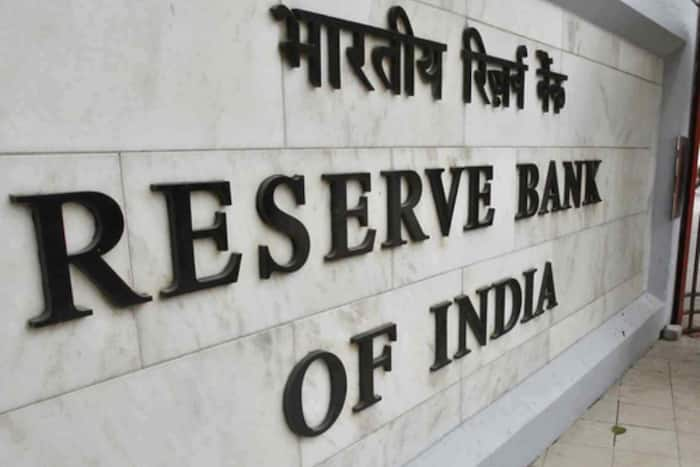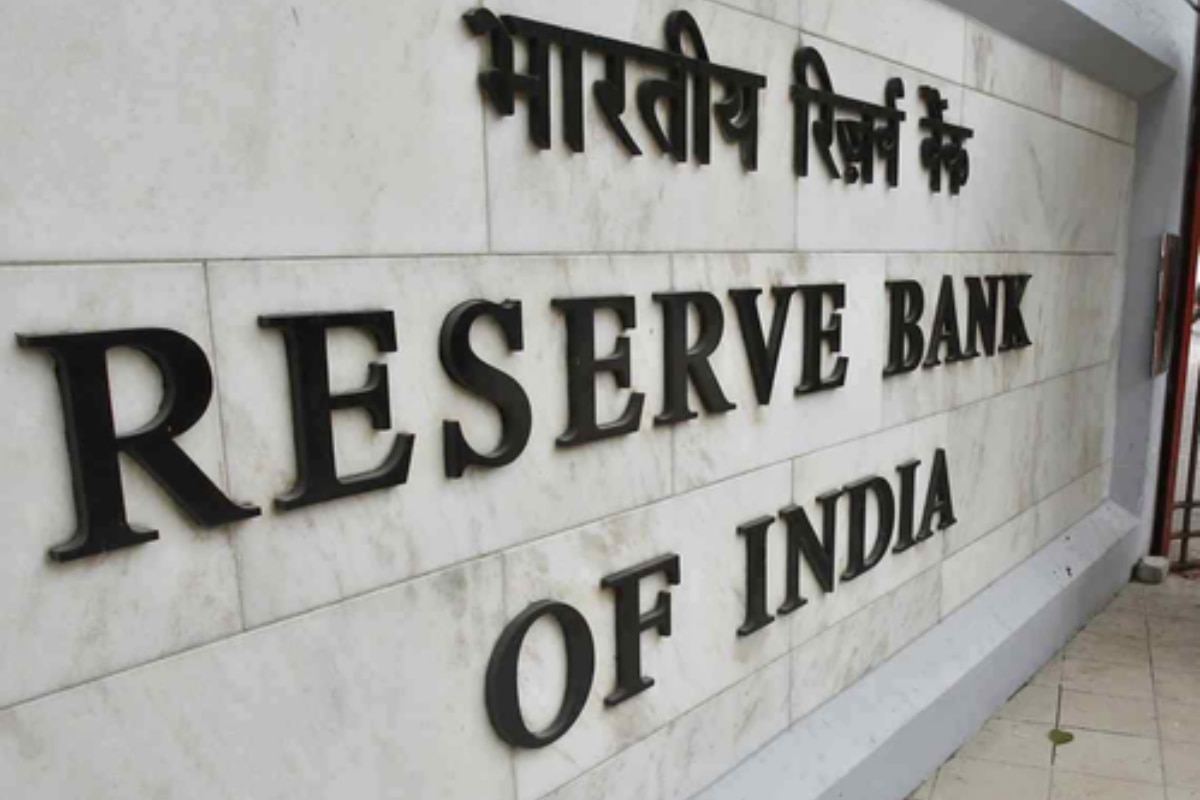Speaking at the Lal Bahadur Shastri National Academy of Administration this week, Patra highlighted India’s traditional strengths and advantages that are expected to propel its growth in the coming decades.

New Delhi: In a major prediction about the Indian economy, RBI Deputy Governor Michael Debabrata Patra has projected a promising economic future for India, suggesting the nation could become the world’s second-largest economy by 2031. Speaking at the Lal Bahadur Shastri National Academy of Administration this week, RBI Deputy Governor Patra highlighted India’s traditional strengths and advantages that are expected to propel its growth in the coming decades.
The development process has been predominantly driven by capital accumulation, which makes investment the main lever of growth which has stabilised at 31.2 per cent during 2021-23, and is showing signs of acceleration.
In his speech now posted on the RBI website, Patra said: “Historically, India’s investment has been financed by domestic savings, with households being the prime provider of resources to the rest of the economy. In the period 2021-23, the gross domestic saving rate has averaged 30.7 per cent of gross national disposable income. Thus, unlike many countries, India does not have to depend on foreign resources, which play a minor and supplemental role in the growth process.” The current account gap in the balance of payments – has remained modest at around 1 per cent of GDP in 2023-24. This provides insulation to the Indian economy from external shocks and imparts viability and strength to the external sector.
India’s Gross External Debt
Illustratively, India’s gross external debt, which is the accumulation of current account deficits over time, is less than 20 per cent of GDP and almost entirely covered by the level of foreign exchange reserves, Patra explained. Second, the rising growth trajectory on which India is poised is entrenched by macroeconomic and financial stability as inflation has fallen back into the tolerance band around the target of 4 per cent. This reflects the cumulative impact of steadfast monetary policy actions and supply management. In fact, core inflation that excludes food and fuel and is most amenable to monetary policy has fallen to its lowest level ever.
Alongside macroeconomic stability, financial stability is getting reinforced by prudent financial policies and active on-site supervision complemented with off-site surveillance, which harnesses SupTech, big data analytics and cyber security drills. India’s financial sector is predominantly bank-based. Gross non-performing assets (GNPAs) in the banking system have steadily fallen from their peak in March 2018 to 2.8 per cent of total assets by March 2024, he added. Another aspect of macroeconomic stability is the ongoing fiscal consolidation.
As a result, the general government debt which is estimated at 81.6 per cent of GDP at the end of March 2024 is expected to decline to 78.2 per cent by end of this decade by the IMF. Our projections show that if expenditures are increased on reskilling/upskilling the labour force in the most productive sectors of manufacturing, investing in digitalisation and promoting energy efficiency, the general government debt will fall even further to 73.4 per cent of GDP by 2030-313. This is significant in the context of the IMF’s projections that show the debt ratio as projected to rise to 116.3 per cent in 2028 for advanced economies and to 78.1 per cent for emerging and middle-income countries, Patra said.
Patra also explained that a potent growth accelerator emerges from India’s favourable demographic dynamics. India’s population is now regarded as its greatest asset in an inter-temporal perspective, especially when the rest of the world ages rapidly and populations shrink.
Today, every sixth working-age person in the world is an Indian. India’s demographic dividend is expected to last for more than three decades. Every effort must be made to reap this opportunity, he added. Patra pointed out that another growth multiplier is India’s digital revolution. India is emerging as a world leader in leveraging digital technologies for transformative change.
The trinity of JAM – Jan Dhan (basic no-frills accounts); Aadhaar (universal unique identification); and mobile phone connections – is expanding the ambit of formal finance, boosting tech start-ups and enabling the targeting of direct benefit transfers. India’s Unified Payment Interface (UPI), an open-ended system that powers multiple bank accounts into a single mobile application is propelling inter-bank peer-to-peer and person-to-merchant transactions seamlessly. Payment systems in India operate on a 24 by 7 by 365 basis. The internationalisation of the UPI is progressing rapidly, the RBI deputy Governor added.
(With inputs from agencies)

